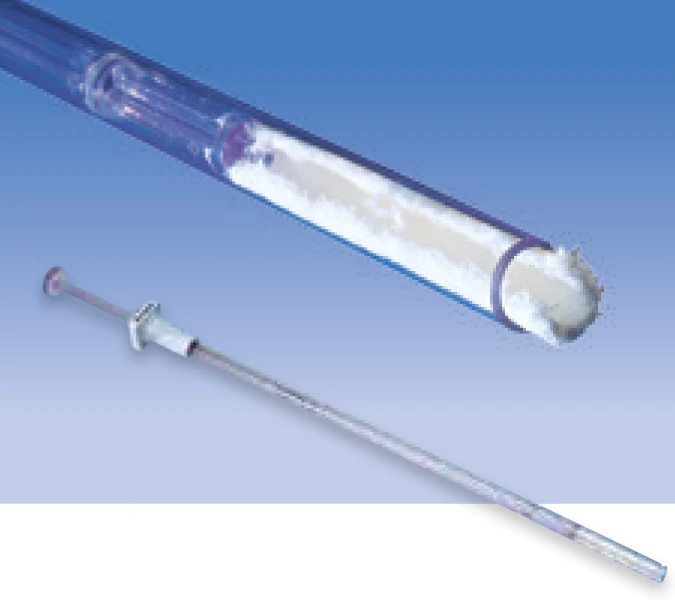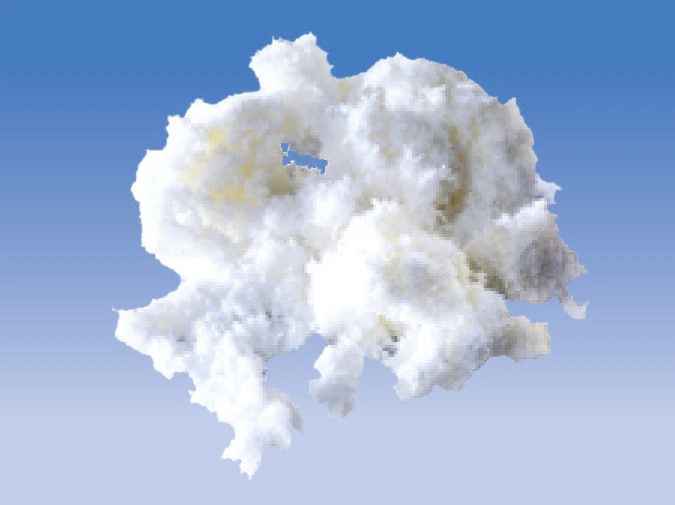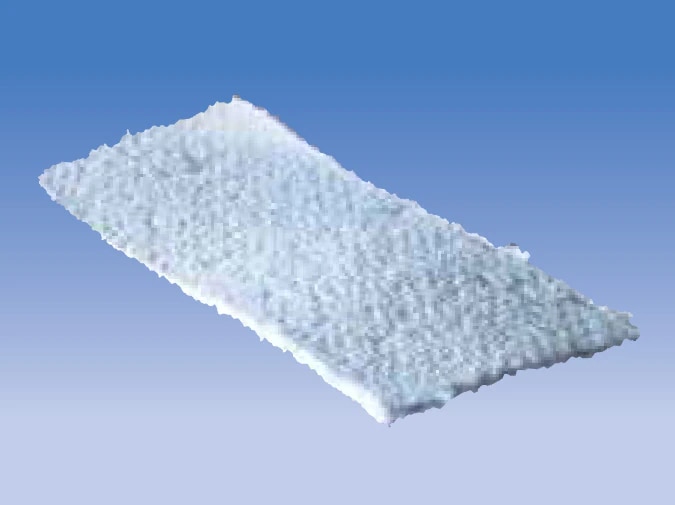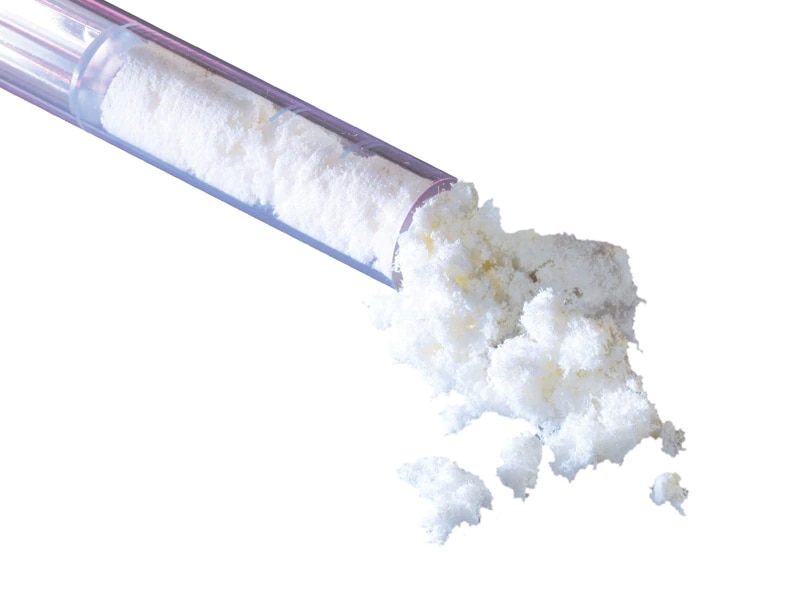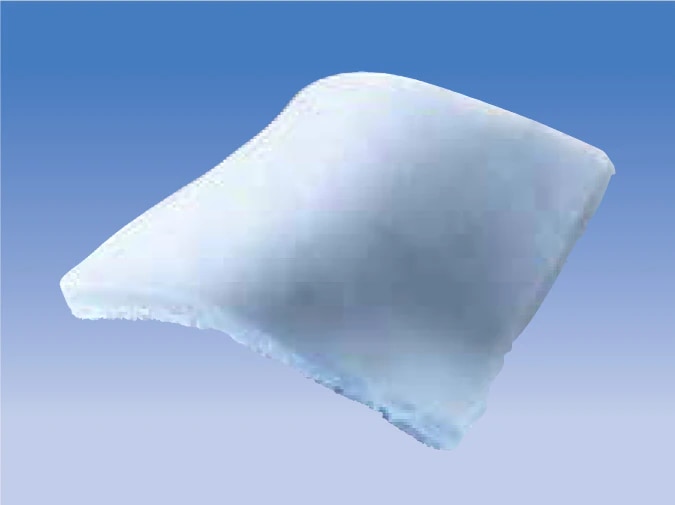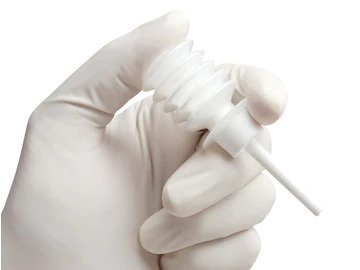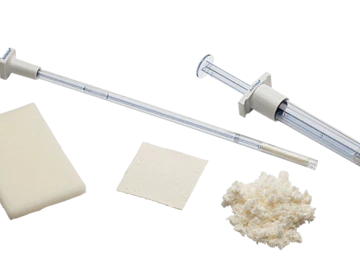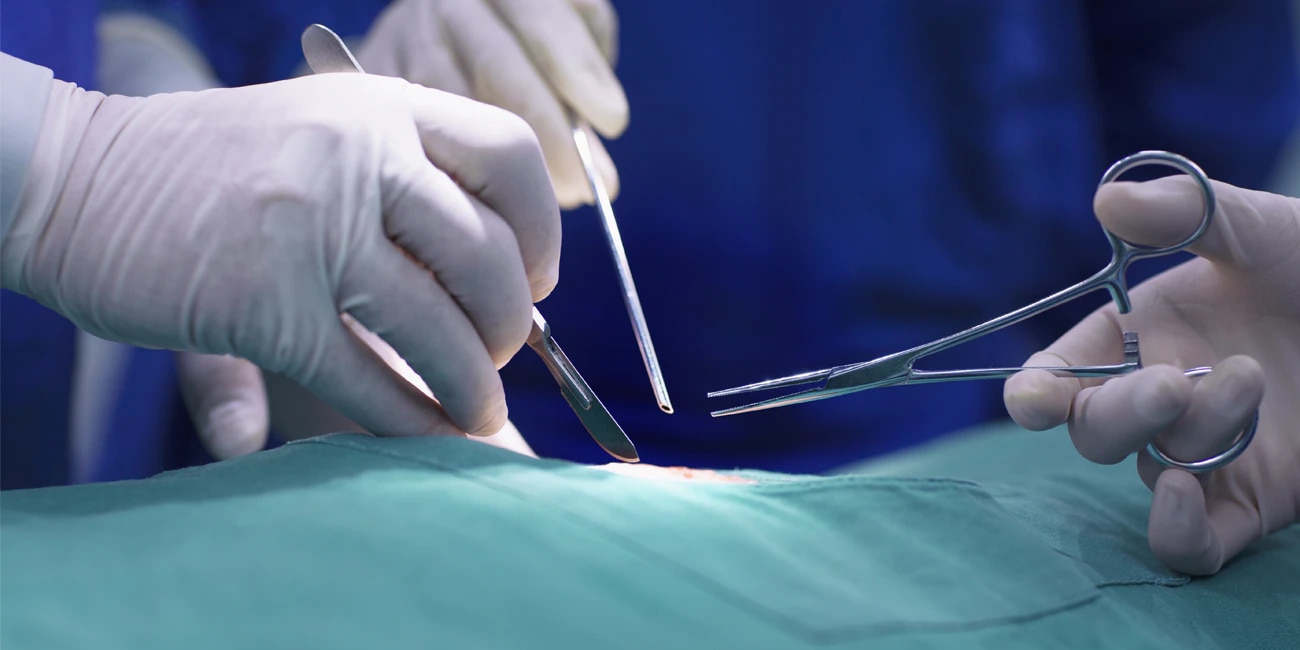The proven solution for controlling bleeding in all surgical applications, including neurosurgery
Trusted by surgeons for its safety and efficacy for over 40 years
Avitene™ Microfibrillar Collagen Hemostat is an active absorbable collagen hemostat, proven to accelerate clot formation. Avitene™ effectively enhances platelet aggregation and the release of proteins to form fibrin, resulting in hemostasis.


